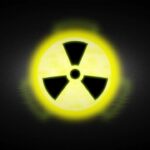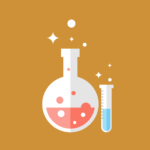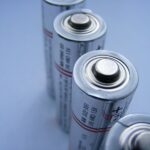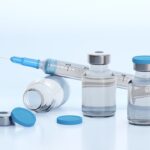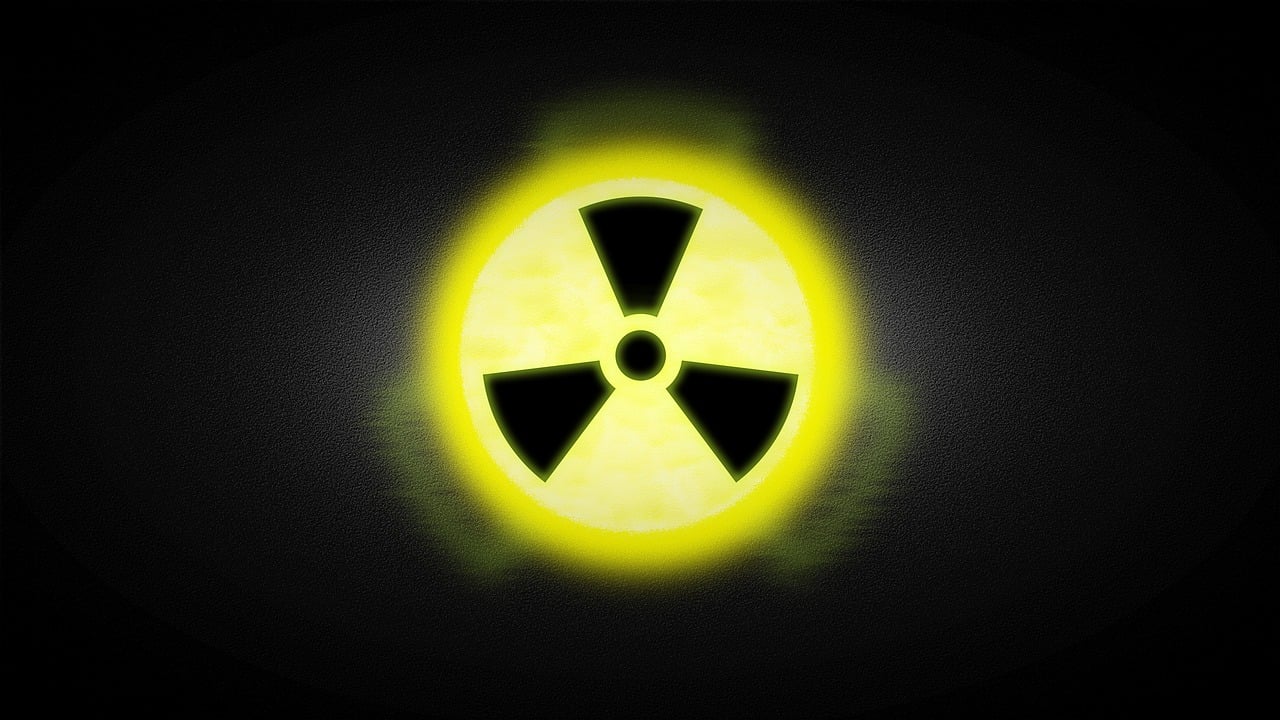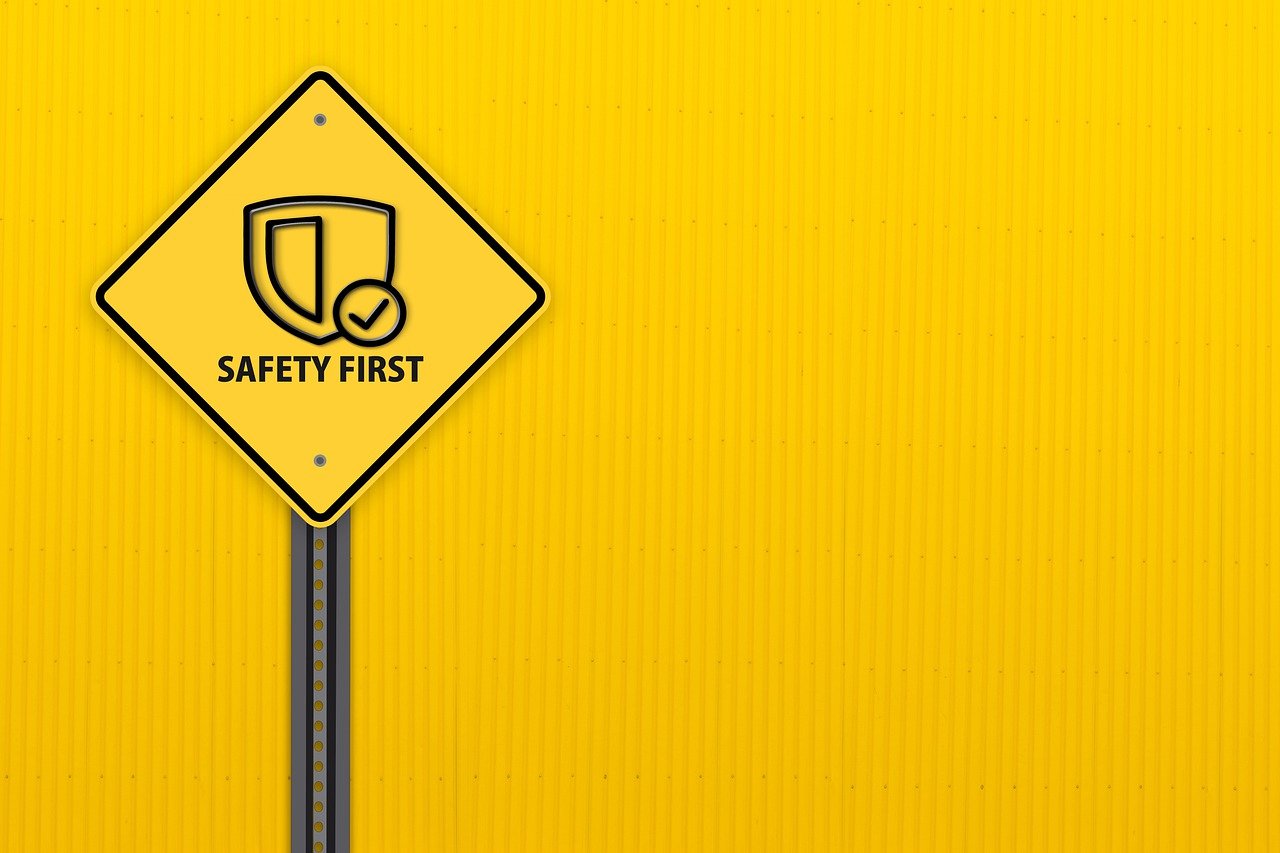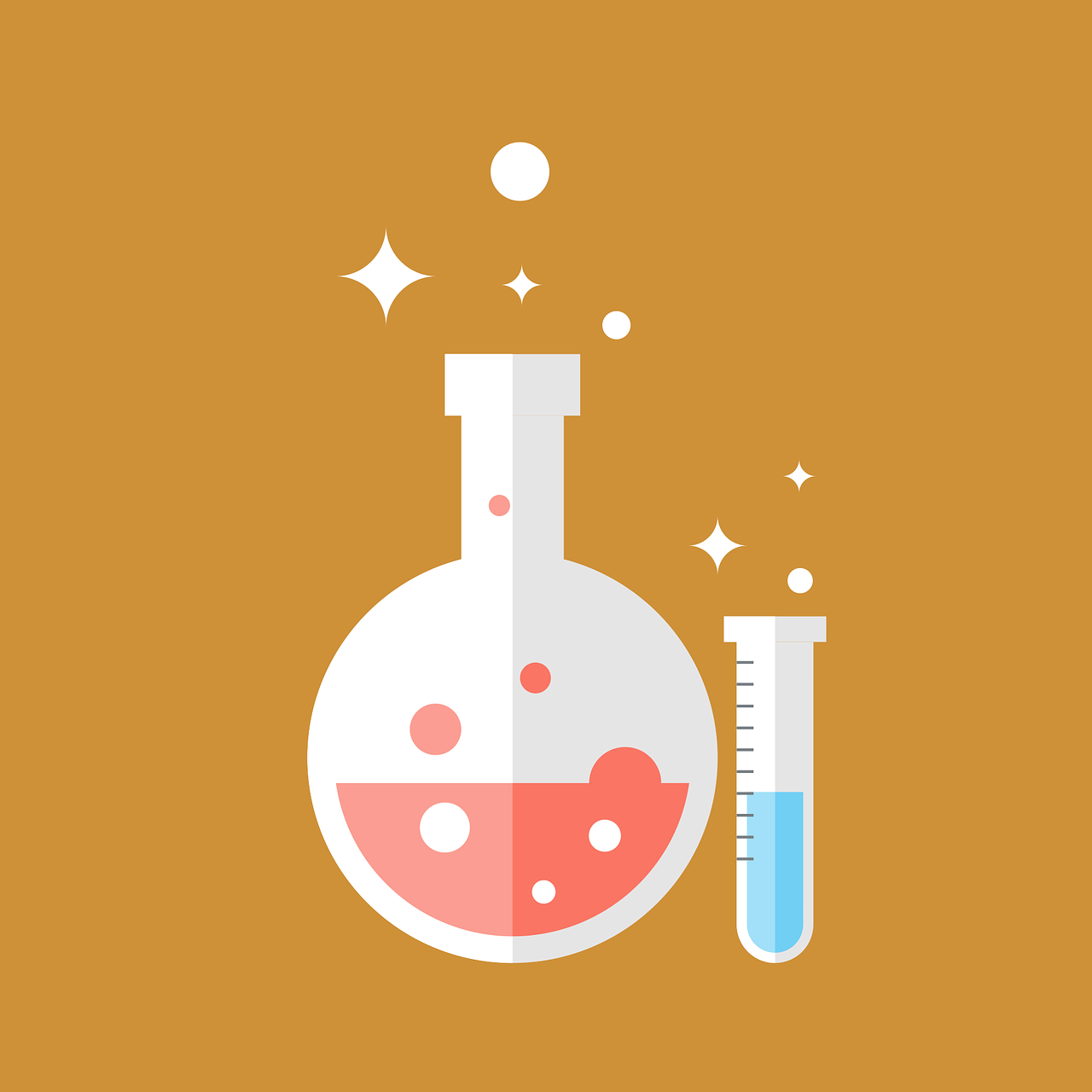Organic solvents play a crucial role in chemistry, manufacturing, and many industrial processes. Their ability to dissolve, extract, or carry other substances makes them indispensable in areas ranging from pharmaceuticals to paints and coatings. Organic solvents are broadly categorized into three main classes based on their chemical structure and polarity: hydrocarbon solvents, oxygenated solvents, and halogenated solvents. Understanding these classes helps chemists and engineers select the right solvent for specific applications.
1. Hydrocarbon Solvents (Non-Polar)
Hydrocarbon solvents are composed primarily of carbon and hydrogen atoms. Due to their non-polar nature, they are highly effective in dissolving other non-polar substances, such as oils, greases, and waxes, but are less effective with polar compounds like salts or alcohols.
Subtypes and Examples:
Aliphatic hydrocarbons – e.g., hexane, heptane
Aromatic hydrocarbons – e.g., toluene, xylene
Applications:
Hydrocarbon solvents are widely used as cleaning agents, degreasers, and paint thinners. Their chemical stability and low polarity make them ideal for extracting non-polar compounds and for use in formulations where strong solvency is needed without reactivity.
2. Oxygenated Solvents (Polar)
Oxygenated solvents contain oxygen in their molecular structure, typically in the form of functional groups such as alcohols, ketones, esters, or ethers. These solvents are generally polar, making them more suitable for dissolving polar or semi-polar substances.
Subtypes and Examples:
Alcohols – e.g., ethanol, isopropanol
Ketones – e.g., acetone, methyl ethyl ketone (MEK)
Esters – e.g., ethyl acetate, butyl acetate
Ethers – e.g., diethyl ether, tetrahydrofuran (THF)
Applications:
Oxygenated solvents are commonly used in the pharmaceutical industry, paints and coatings, adhesives, and chemical synthesis. Their polarity allows them to interact well with a variety of solutes, and their relatively low toxicity (in many cases) makes them a preferred choice in sensitive applications.
3. Halogenated Solvents
Halogenated solvents are organic compounds that contain halogen atoms such as chlorine, fluorine, or bromine. These solvents tend to be highly effective due to their strong dissolving power and often have intermediate to high polarity. However, they are also known for their toxicity and environmental hazards, leading to stricter regulations on their use.
Examples:
Dichloromethane (DCM or methylene chloride)
Chloroform
Trichloroethylene
Carbon tetrachloride
Applications:
These solvents are primarily used in specialized laboratory and industrial applications such as chemical extractions, degreasing, and as intermediates in synthesis. Despite their effectiveness, their use is often limited due to concerns about safety and environmental impact.
Comparison at a Glance
| Class | Polarity | Common Examples | Typical Uses |
|---|---|---|---|
| Hydrocarbon | Non-polar | Hexane, Toluene | Cleaning, oil extraction |
| Oxygenated | Polar | Ethanol, Acetone, THF | Solvent in synthesis, coatings, pharma |
| Halogenated | Variable | DCM, Chloroform | Degreasing, extractions, specialty chemicals |
Conclusion
Each class of organic solvent has distinct characteristics that make it suitable for specific tasks. Hydrocarbon solvents excel at dissolving non-polar substances, oxygenated solvents are versatile and widely used in various industries, and halogenated solvents, while powerful, require careful handling due to their health and environmental risks. Understanding these classifications enables professionals—especially chemists and chemical engineers—to make informed decisions in selecting the right solvent for their processes.


